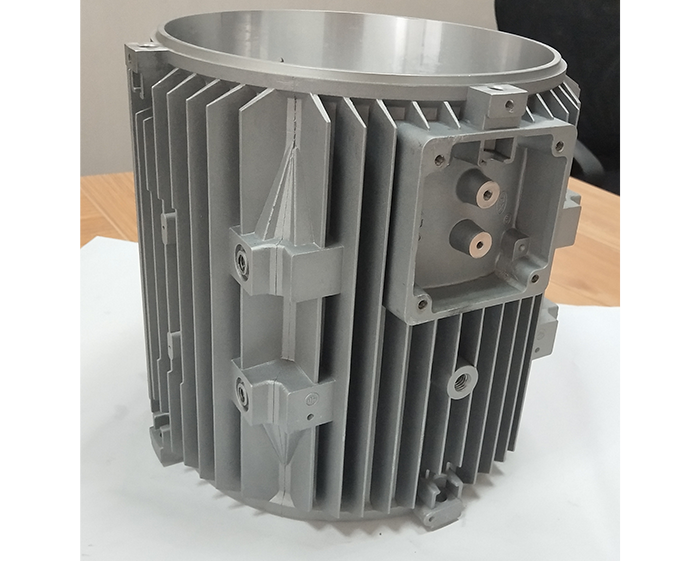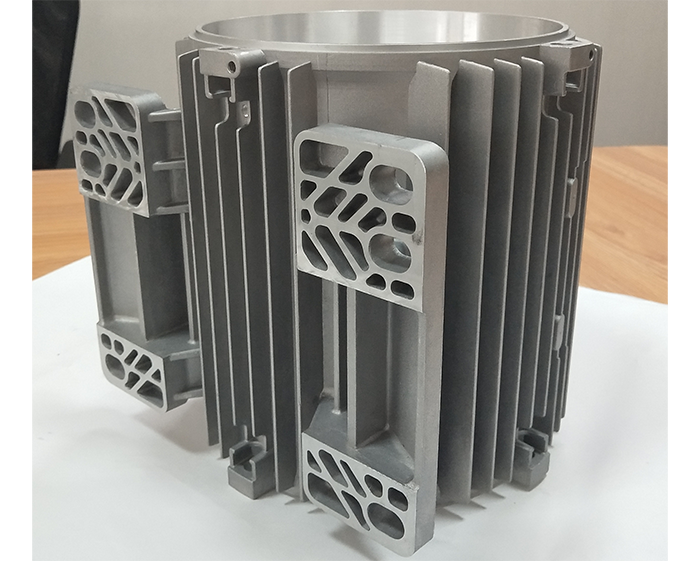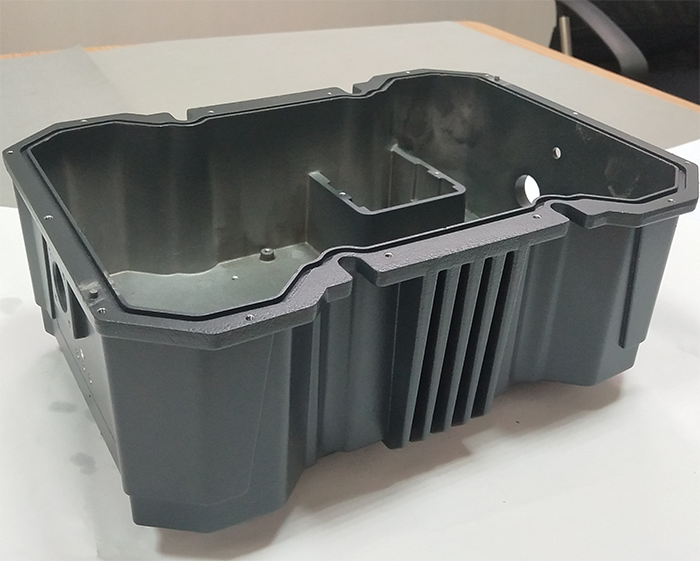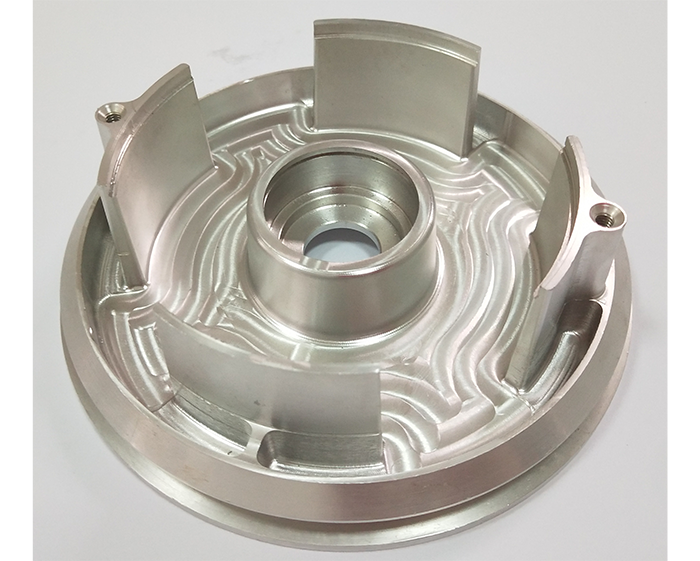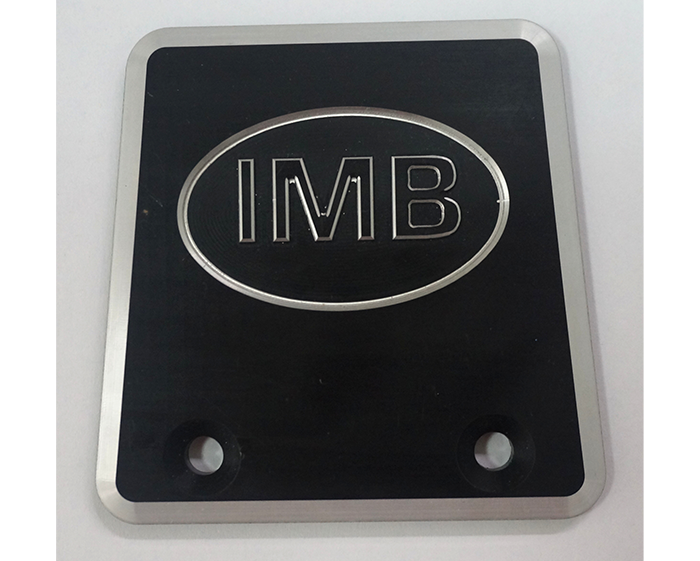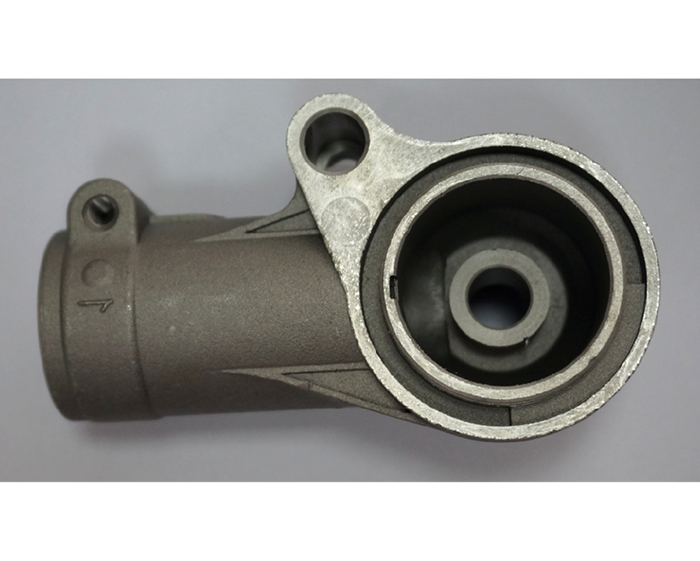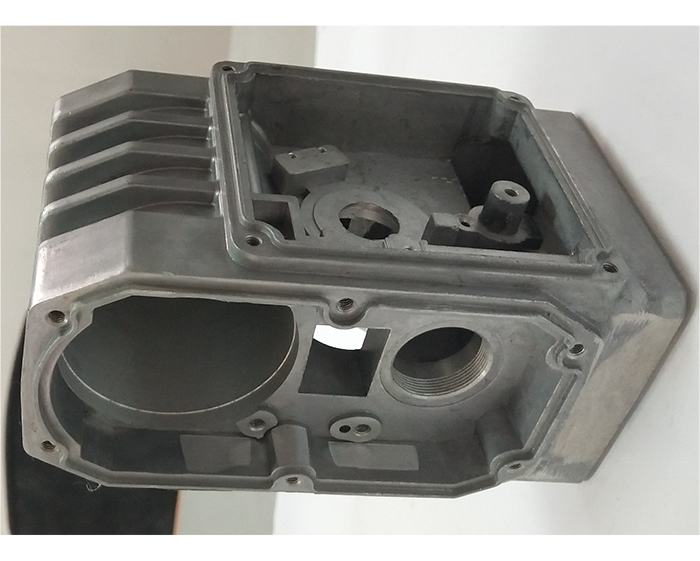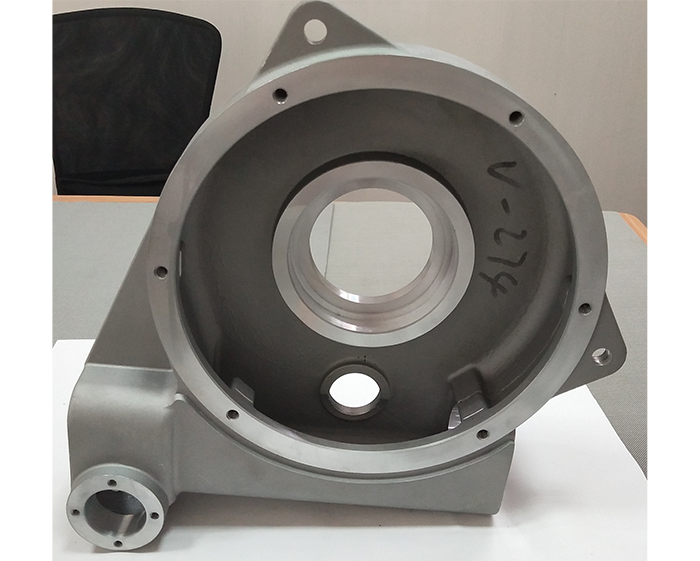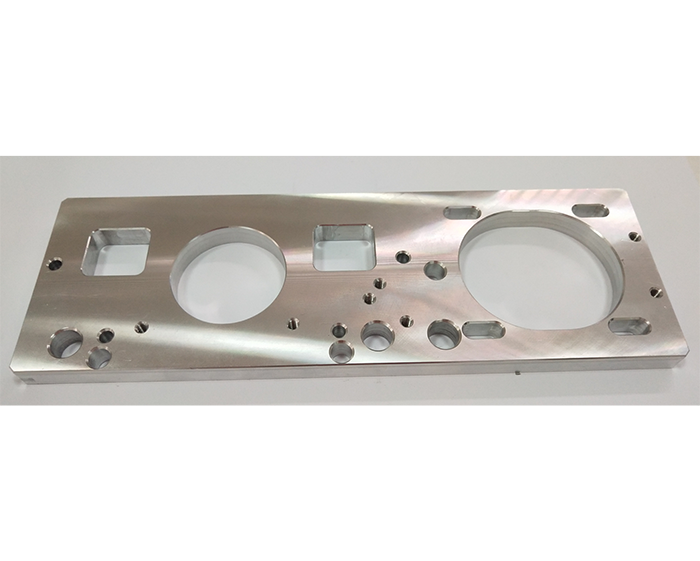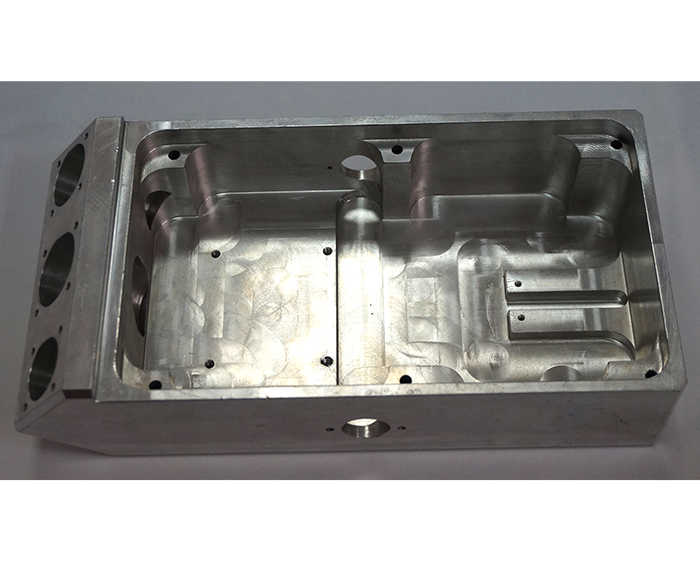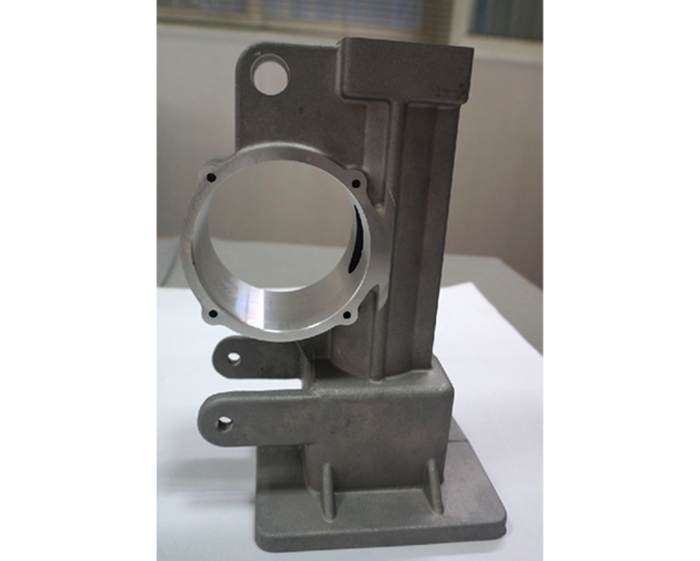Current location:HOME>Fasteners typically include the following 13 types of parts
news recommended
What are the requirements for materials f
Precision machining, not all materials can be precision machined, some materials
What should you pay attention to when pro
The metal mold processing industry is developing rapidly, and the competitive pre
What are the methods for processing preci
With the development of the times, many processes now require mechanical parts pr
What is the process of machining non-stan
In the process of machining non-standard parts, the foundation is important. The
Contact us
Changzhou Yuao Precision Machinery Co., Ltd.
Contact: Manager Chen
Mobile: 13701502369
Contact: Manager Liu
Mobile: 13861287767
Landline: 0519-85157217
Fax: 0519-85157217
Mailbox: 13701502369@163.com
Website: www.cajmjx.com
Address: No. 18 Qingjiang Road, Xinbei District, Changzhou City
Contact: Manager Liu
Mobile: 13861287767
Fasteners typically include the following 13 types of parts
Published:2019-06-04 Clicks: Times
1. Bolt: A type of fastener consisting of a head and a screw (a cylinder with an external thread) that is to be fitted with a nut for fastening two parts with through holes. This type of connection is called a bolted connection. If the nut is unscrewed from the bolt, the two parts can be separated, so the bolt connection is a detachable connection.
2. Stud: A type of fastener that has no head and only has threads on both ends. When connected, one end of it needs to be screwed into the part with the internally threaded hole, the other end is passed through the part with the through hole, and then the nut is screwed, even if the two parts are fastened together in one piece. This type of connection is called a stud connection and is also a detachable connection. It is mainly used in the case where one of the connected parts has a large thickness, requires a compact structure, or is frequently used for disassembly, and should not be bolted.
3. Screw: It is also a kind of fastener consisting of two parts, head and screw. It can be divided into three categories according to the purpose: machine screw, set screw and special purpose screw. The machine screw is mainly used for a tightly threaded part and a tight connection with a part with a through hole. No need for a nut fit (this type of connection is called a screw connection and is also a detachable connection; Fitted with a nut for a secure connection between two parts with through holes.) The set screw is primarily used to secure the relative position between the two parts. Special purpose screws such as eyebolts are used for lifting parts.
4. Nut: With internal threaded hole, the shape is generally flat hexagonal column shape, but also has a flat square column shape or a flat cylindrical shape. It is matched with bolts, studs or machine screws for fastening two parts. It becomes a whole.
5. Self-tapping screws: Similar to machine screws, but the threads on the screw are dedicated self-tapping screws. It is used to fasten and connect two thin metal members to make them integral. The holes need to be made in advance on the members. Since the screws have high hardness, they can be directly screwed into the holes of the members. Responsive internal thread
6. Wood screws: also similar to machine screws, but the thread on the screw is a special wood screw thread that can be screwed directly into the wooden component (or part) for a metal (or non-metal) with a through hole. The parts are fastened together with a wooden component. This connection is also a detachable connection.
7. Washer: A type of fastener that is oblate in shape. Between the support surface of the bolt, the screw or the nut and the surface of the connecting part, it increases the contact surface area of the connected part, reduces the pressure per unit area and protects the surface of the connected part from damage; another type of elastic washer, It also acts to prevent the nut from loosening.
8. Retaining ring: It is installed in the shaft groove or hole of the machine and equipment, and plays the role of preventing the left or right movement of the parts on the shaft or the hole.
9. Pin: It is mainly used for part positioning, and some can also be used for connecting parts, fixing parts, transmitting power or locking other fasteners.
10. Rivet: A type of fastener consisting of two parts, the head and the shank, used to fasten the two parts (or components) with through holes to make them integral. This type of connection is called a rivet connection, referred to as riveting. It is connected to the non-detachable. Because the two parts that are joined together are separated, the rivets on the part need to be broken.
11. Assembly and connection pair: The assembly refers to a type of fastener supplied in combination, such as a certain machine screw (or bolt, self-supply screw) combined with a flat washer (or spring washer, lock washer); A type of fastener that supplies a combination of special bolts, nuts, and washers.
12. Solder Nail: Due to the different types of fasteners consisting of light energy and nail head (or no nail head), it is fixedly attached to a part (or component) by welding to connect with other parts.
13. Wire thread sleeve: The wire thread sleeve is a new type of threaded connection element, which is made of high-strength, high-precision corrosion-resistant diamond-shaped wire. It is shaped like a spring and is installed in a specific screw hole of the base body. Its inner surface forms a standard thread. When it is matched with a screw (bolt), the threaded joint strength and wear resistance can be obviously improved; especially in low strength such as aluminum, magnesium, cast iron and plastic. On the material. The locking type is to add one or several turns of the locking ring on the basis of the ordinary type. Xinxiang Yongda Industrial Co., Ltd. is a professional manufacturer of wire thread inserts. It is recommended that the wire thread inserts be embedded in the threads of low-strength engineering materials such as aluminum, magnesium alloy, cast iron, glass steel, plastic, etc., and can form standard M and MJ threads. Continuous strength, impact and wear resistance, and the ability to disperse stress to protect the base threads, greatly extending the life of the base. At the same time, the force of the thread is improved, and the elastic connection is formed, which eliminates the pitch and the half-angle error between the internal and external threads, so that the load on the thread is evenly distributed, and the base thread is protected from damage and the service life is prolonged.
You may also be interested in this
Related Reading
 Focus on
Focus on


